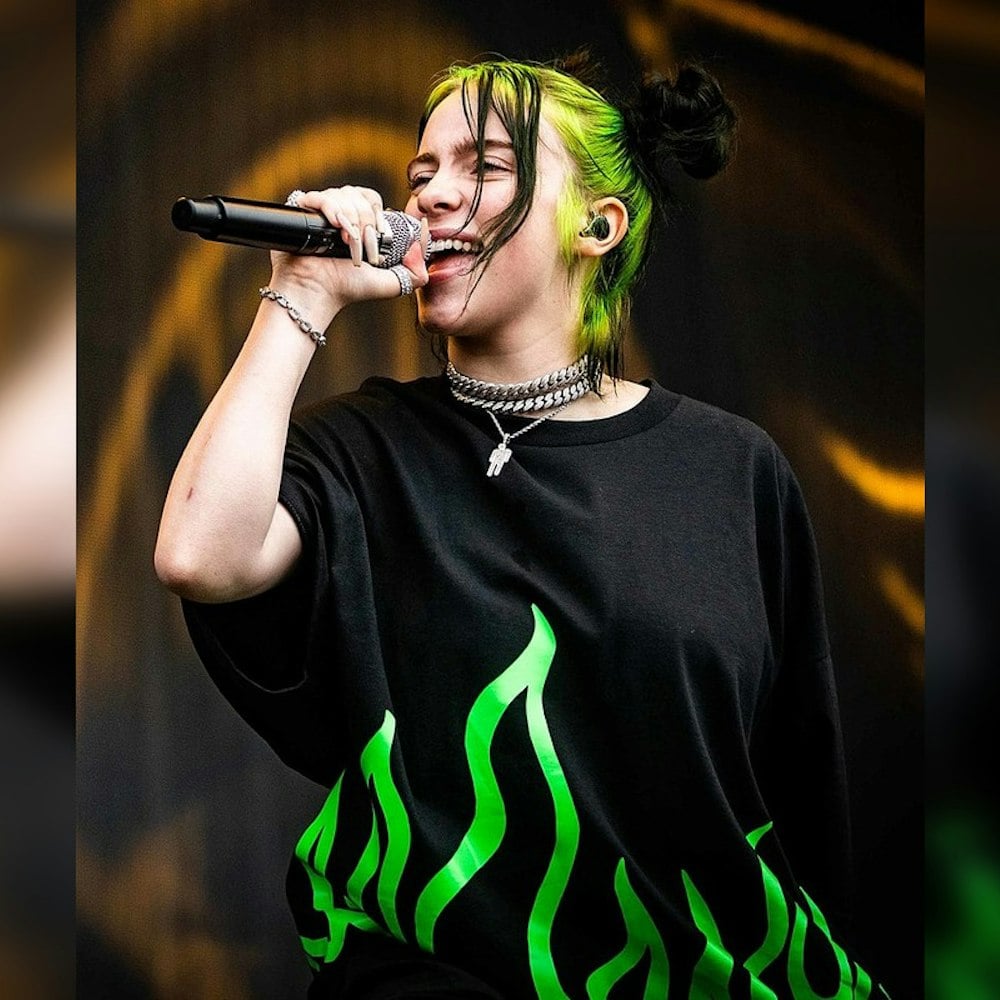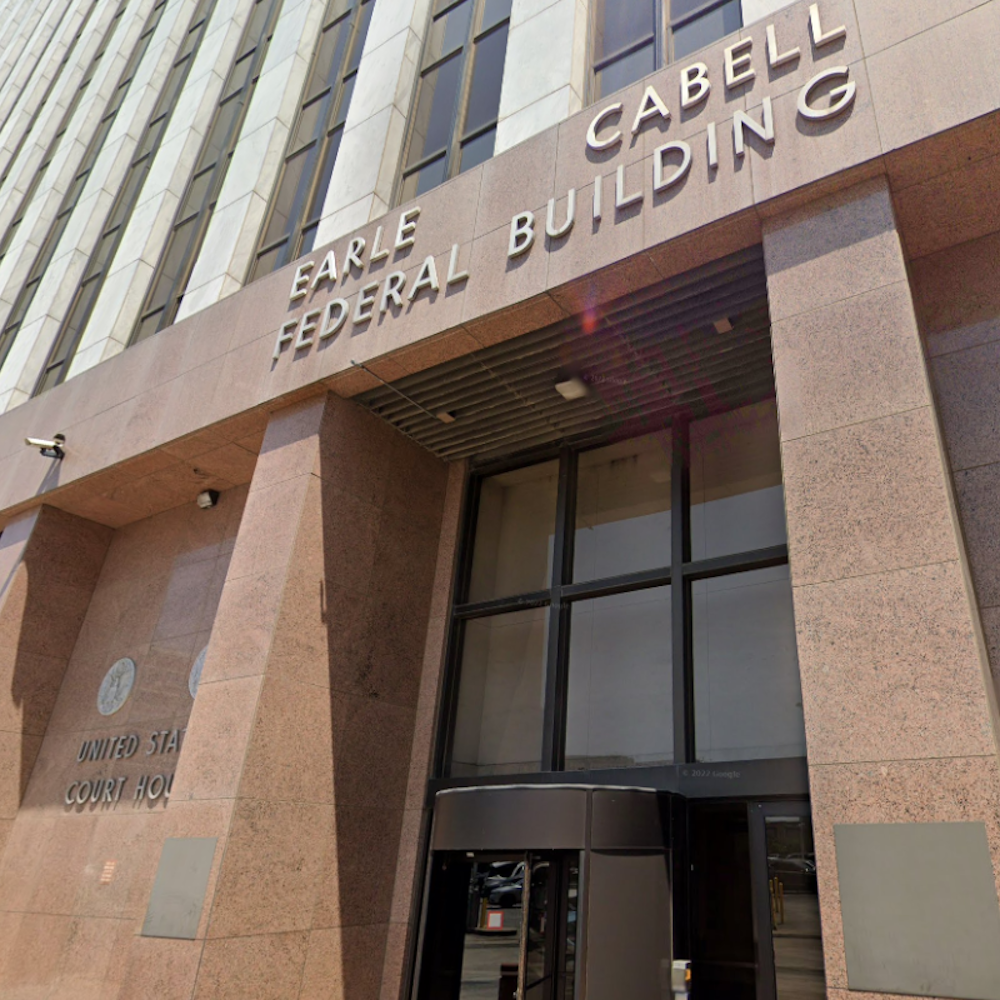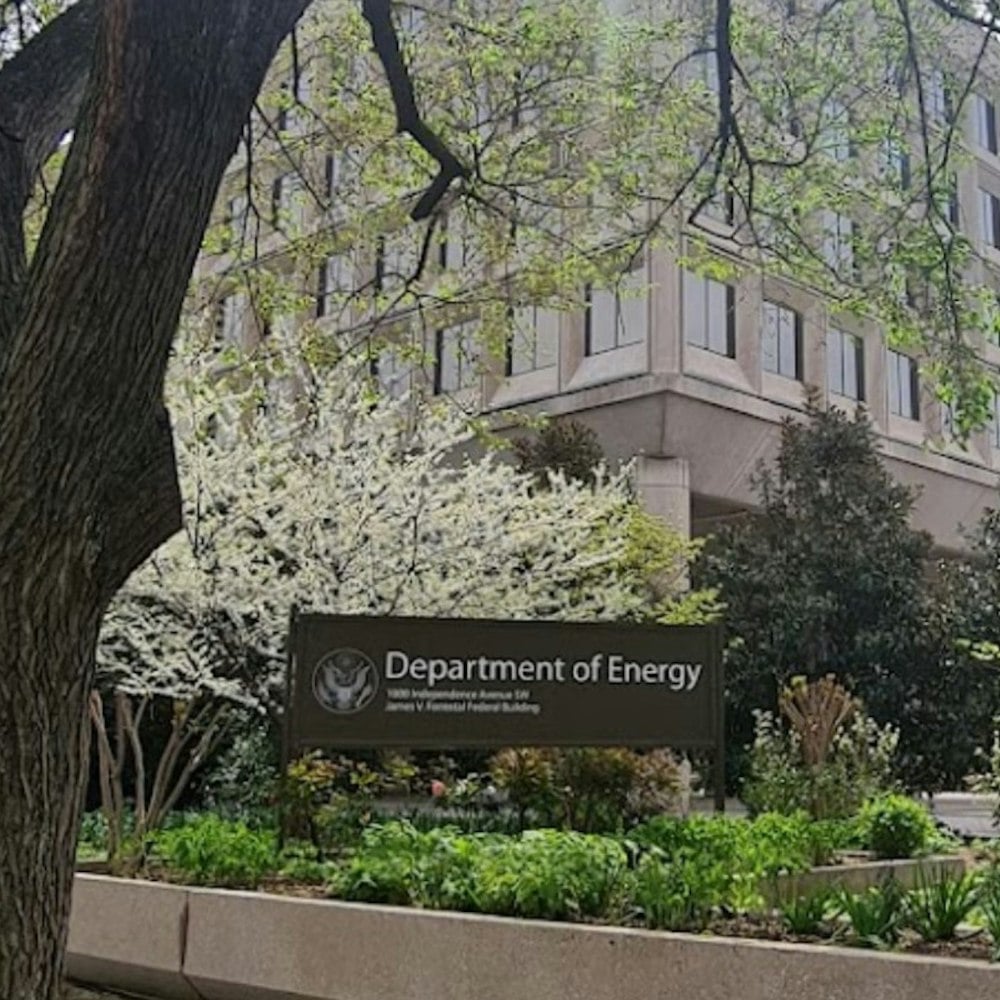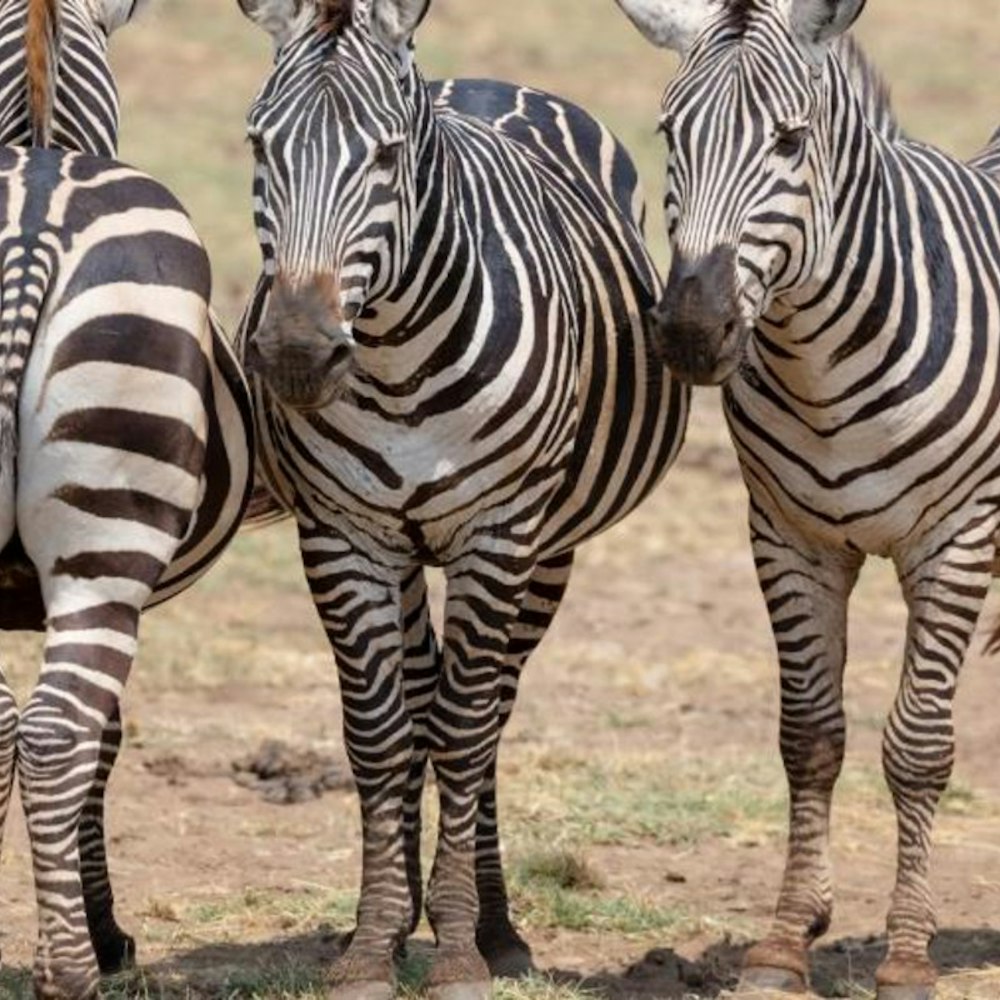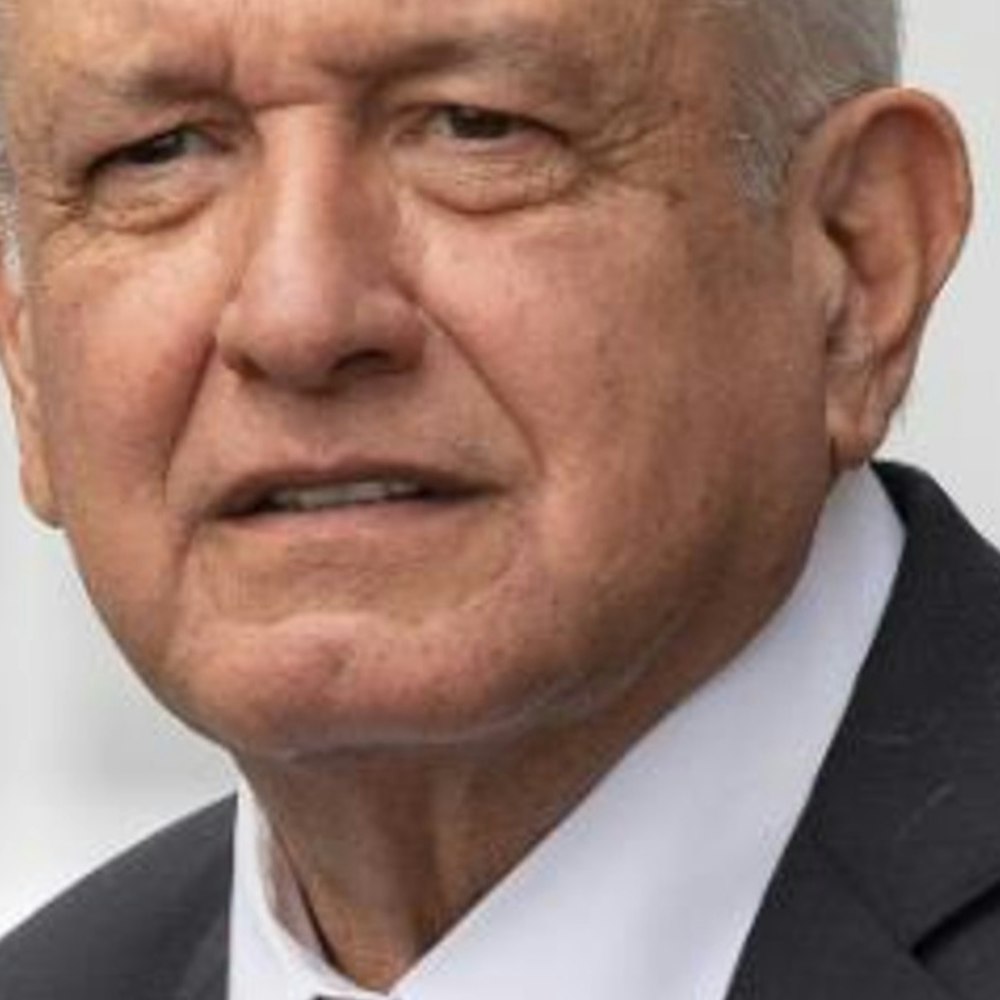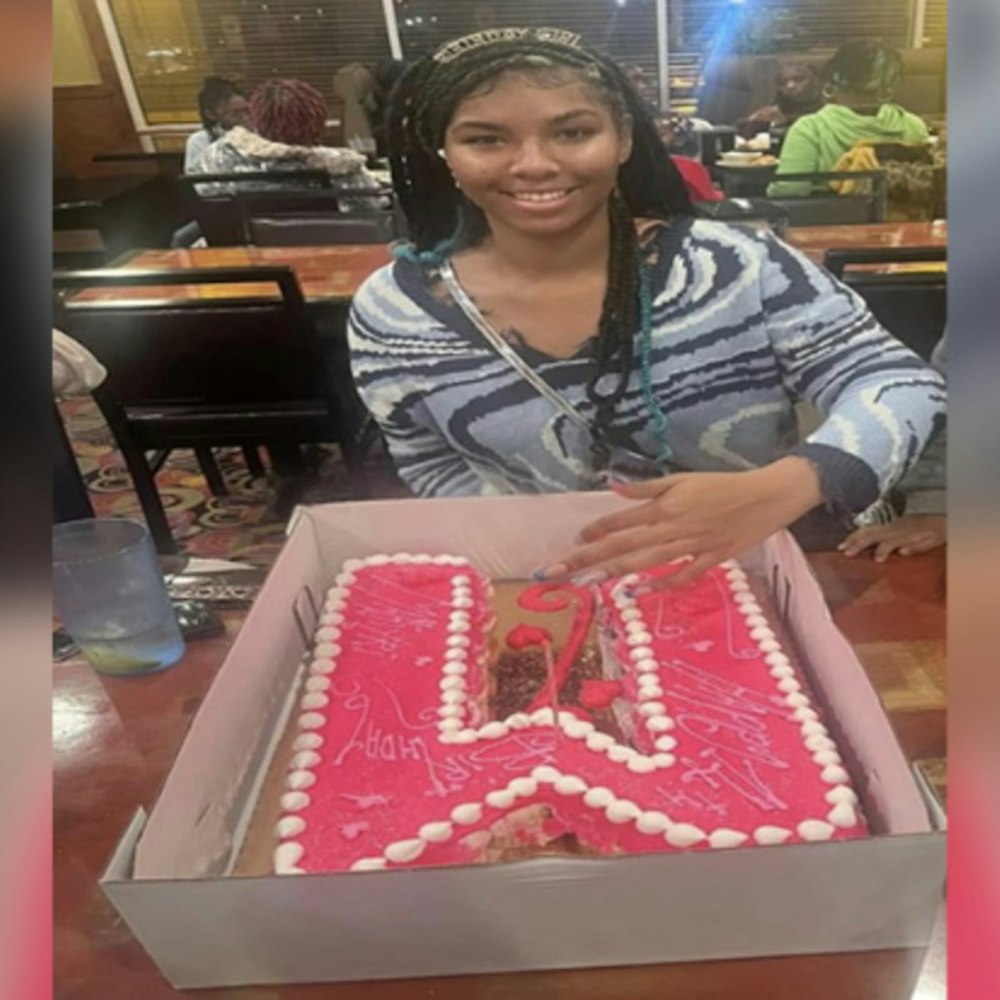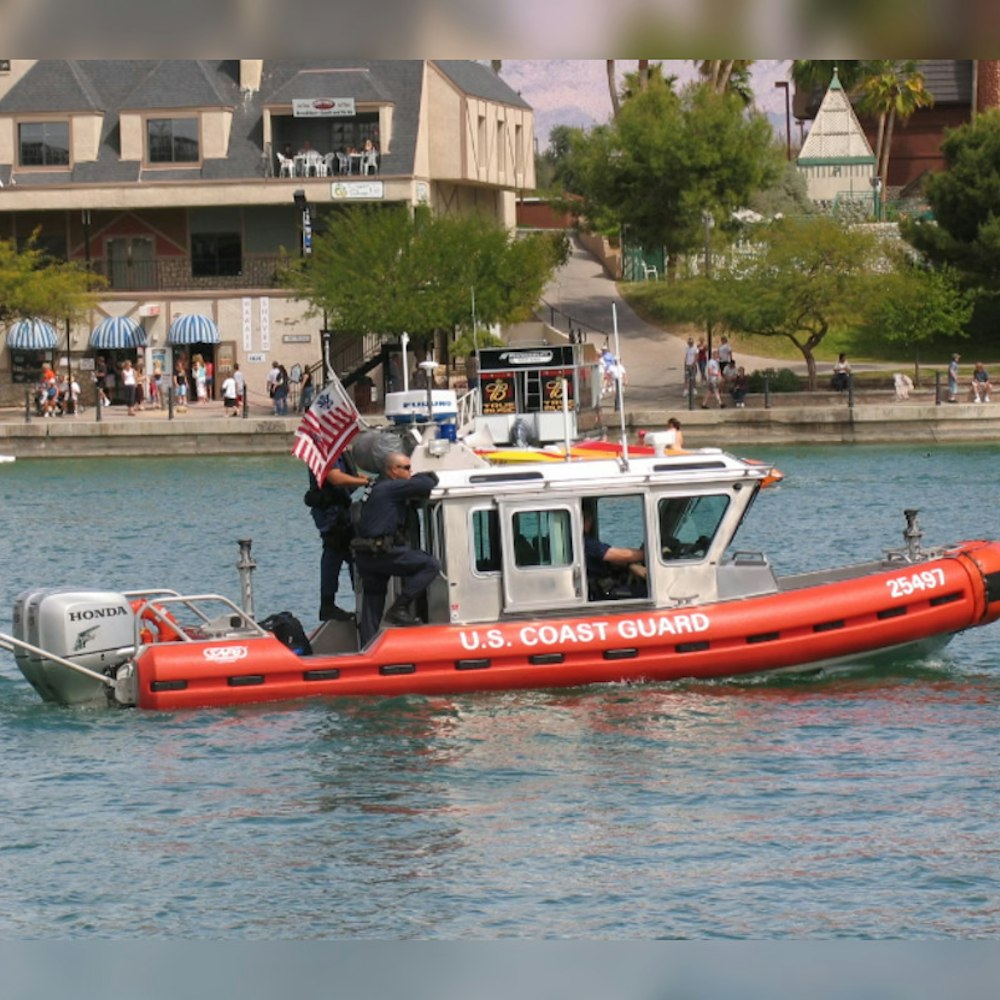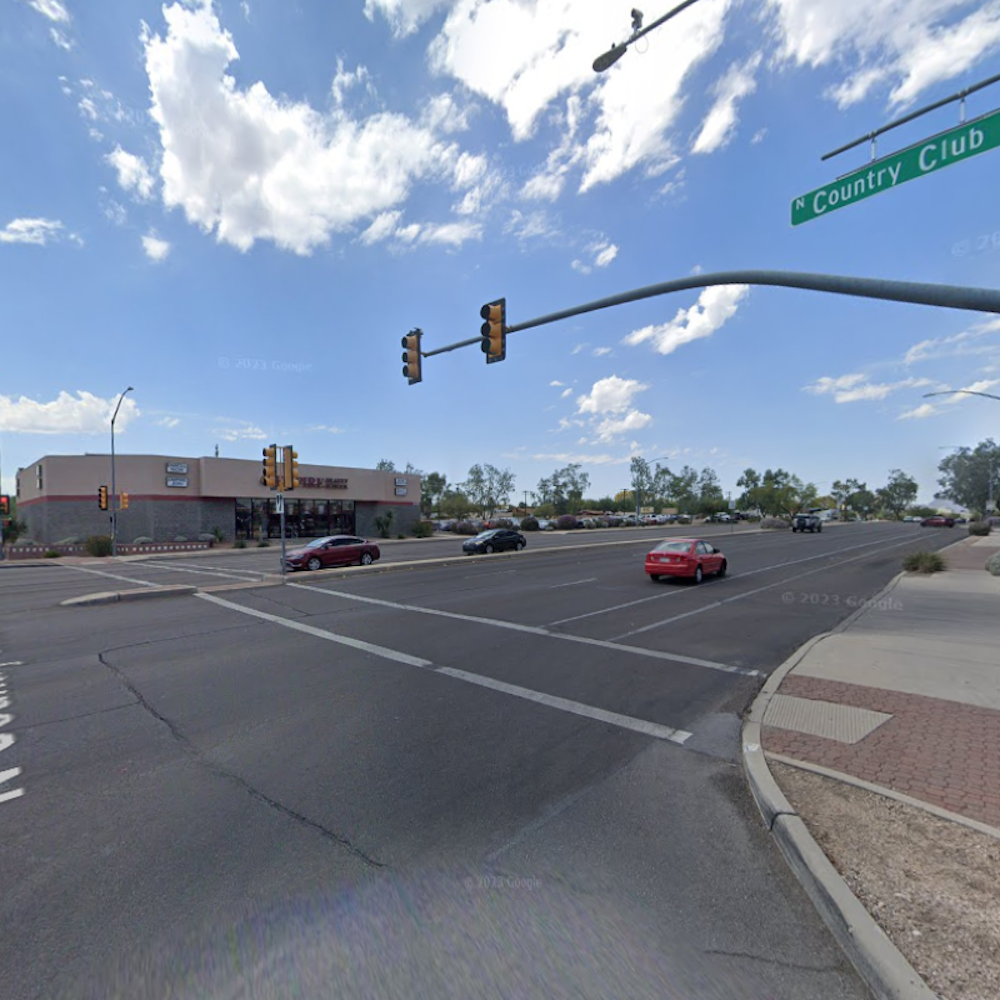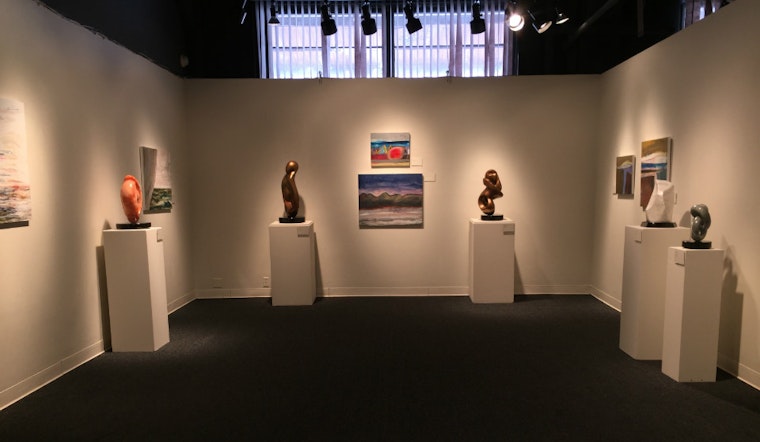
When most people think of Italian art, their minds jump to old masters like Botticelli, Leonardo da Vinci, and Michelangelo. But the Museo ItaloAmericano at Fort Mason is entirely focused on contemporary works by Italian and Italian-American artists, many of them currently active.
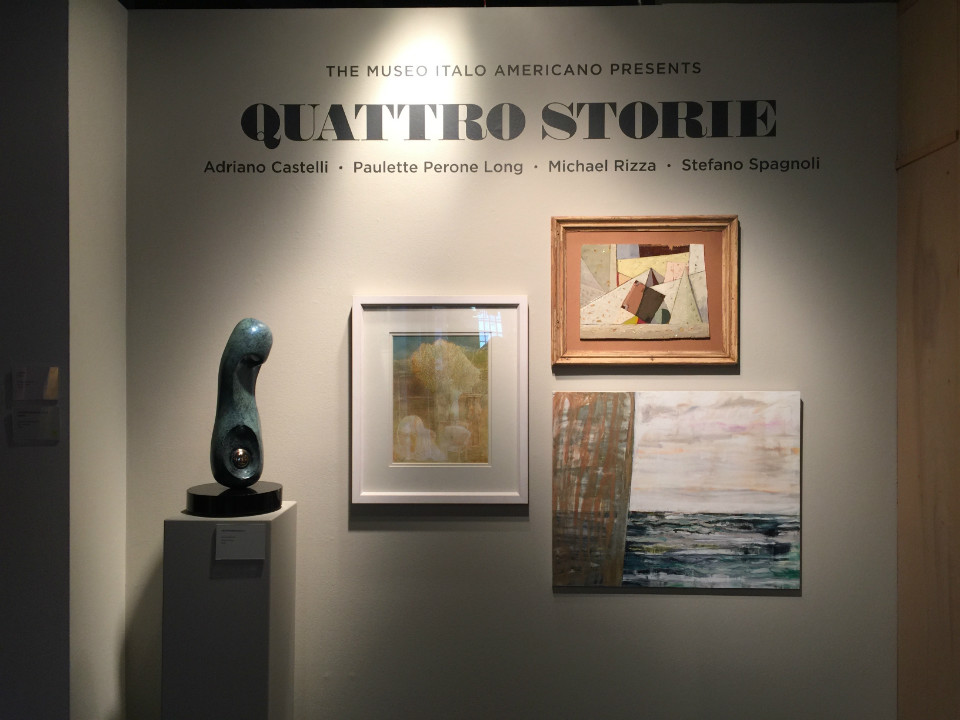
The museum is the only true Italian-American museum in the country, according to its managing director, Paola Bagnatori. Others have historical photos and documents, but "to me, a museum has to have art," she said. "Art is the basis. Another condition is a private collection. We have about 700 pieces."
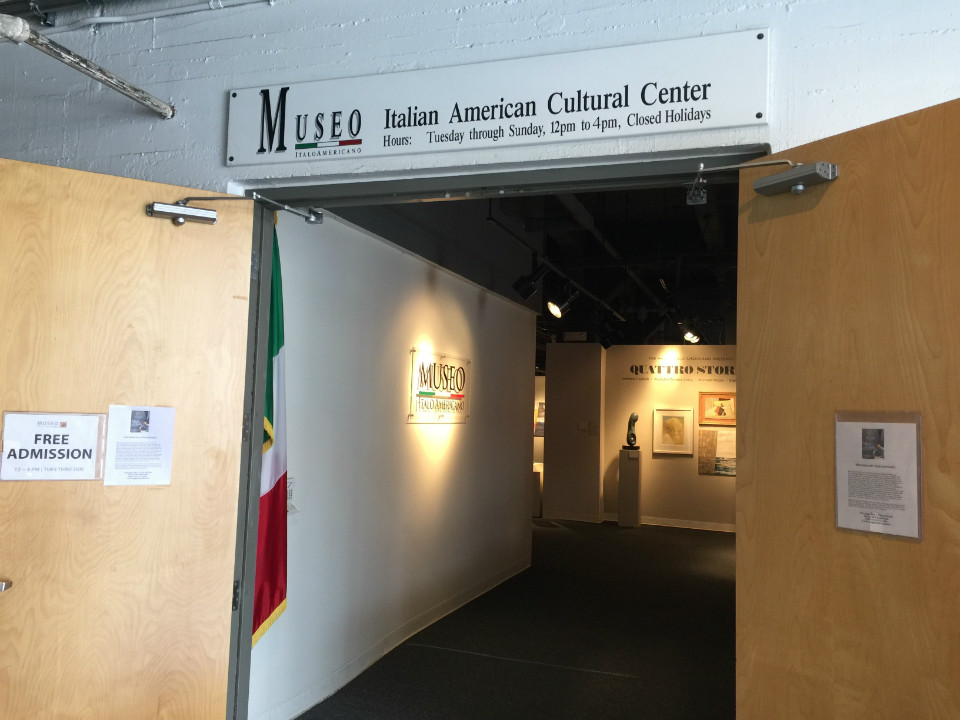
Founded in 1978 in a small room above North Beach coffee shop Caffe Malvina, the Museo ItaloAmericano later moved to the third floor of 678 Green St.—the same building that houses Beach Blanket Babylon.
In 1985, it upgraded to a 5,000-square-foot space at Fort Mason, where it's been ever since. Its rotating exhibits cover both art and historical topics: one recent exhibition was "Italian-American Cinema from Capra to the Coppolas," while others have focused on Italian-Americans in baseball, Italian immigration to California, and more.
In addition to painting and sculpture, Bagnatori said the museum has had interesting exhibits of modern glasswork, sterling silver objects and other, less traditional art forms. It takes a small commission from anything it sells, and much of its permanent collection has been donated by the artists who have shown at the museum.
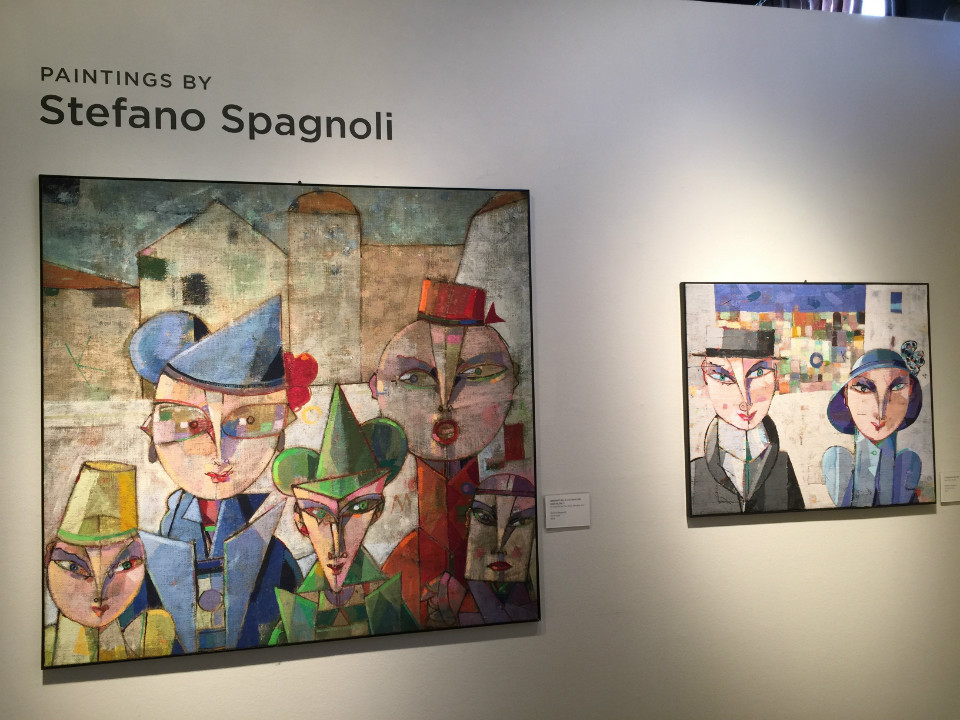
The museum's current exhibit, "Quattro Storie," runs through August 28th. It features two Italian and two Italian-American artists, all of whose works are markedly different. Painter Adriano Castelli of Asola, Italy, uses light and symbolism to explore mystical and spiritual themes, while Parma-based Stefano Spagnoli's colorful geometric work references Paul Klee and Edwin A. Abbott’s satirical novella Flatland.
The two Italian-American artists are both from the Bay Area: painter Paulette Perone Long paints abstracts, and sculptor Michael Rizza works with a variety of mediums, primarily cast bronze and stone.
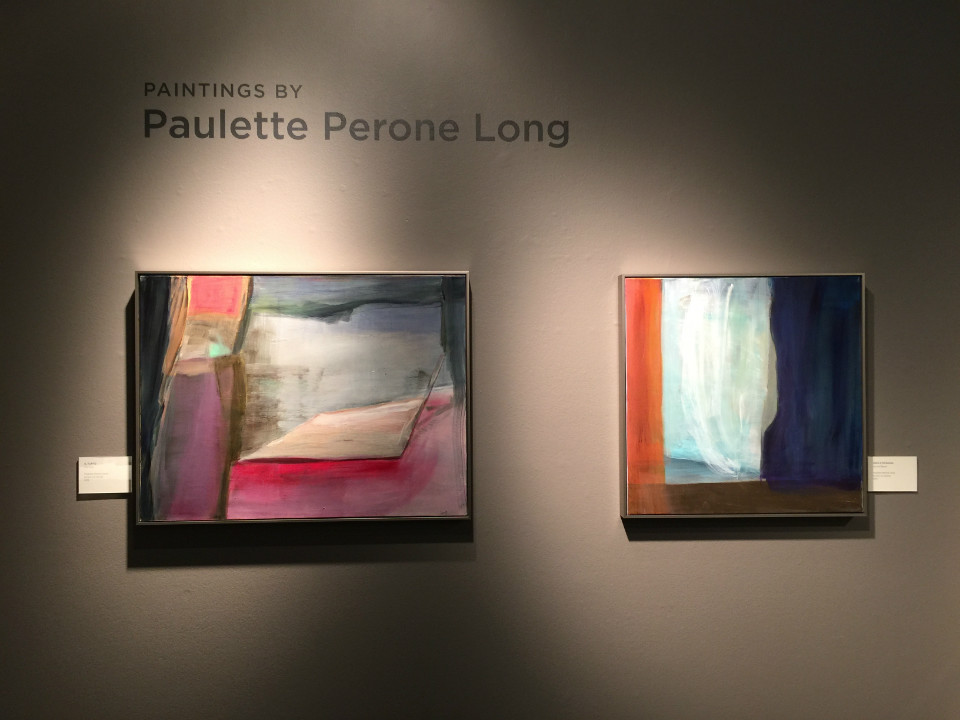
Alongside the art, the museum's documentary exhibits provide more context for the Italian and Italian-American experiences. "Il Ghetto," for example, reveals that Jewish ghettos originated in 16th century Venice. The word "ghetto" traces its roots to the word "gettare" (to throw), as it was an area where foundries were located. Over time, the "g" became pronounced with a hard, rather than soft, sound.
Funding for historical exhibits like "Il Ghetto" comes in large part from the Fleishhacker Foundation out of Reno, Nevada. Bagnatori believes they "are better than I've seen in bigger museums."
While the museum has about 800 local members, it also gets a lot of tourists—some of them from Italy. "You'd think they wouldn't want to come to a small museum when they have the Vatican, but they do," Bagnatori said.

A previous exhibit on immigration.
In addition to its exhibits, Museo ItaloAmericano offers a wealth of programming, including lectures, concerts, movies, tours and volunteer opportunities. It recently held a "Pasta Contest," where celebrity chefs, including District 3 Supervisor Aaron Peskin and food writer Paolo Lucchesi, vied for the title. The winner was Jim Mercurio, vice president of stadium operations and general manager for Levi's Stadium and the San Francisco 49ers.
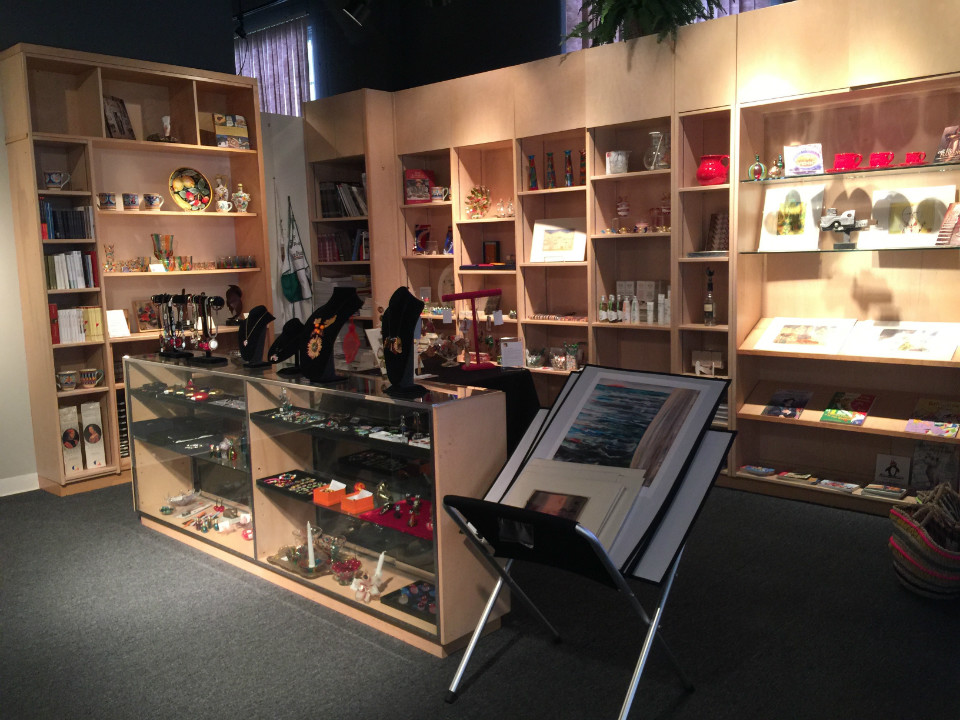
Museo ItaloAmericano gift shop.
As Hoodline previously reported, the Museo ItaloAmericano will eventually move away from Fort Mason: it was bequeathed a building at 940 Battery St. in the Embarcadero by the late Jerome Cocuzza, which is currently undergoing renovations.
While Bagnatori said that move is at least three years away, galleries at the future location are now open from 1–4pm on Wednesdays and Fridays, with works from the permanent collection on the first floor and exhibits on the second floor.
The Museo ItaloAmericano at Fort Mason is open from noon–4pm Tuesdays through Sundays, as well as by appointment. Admission is free.
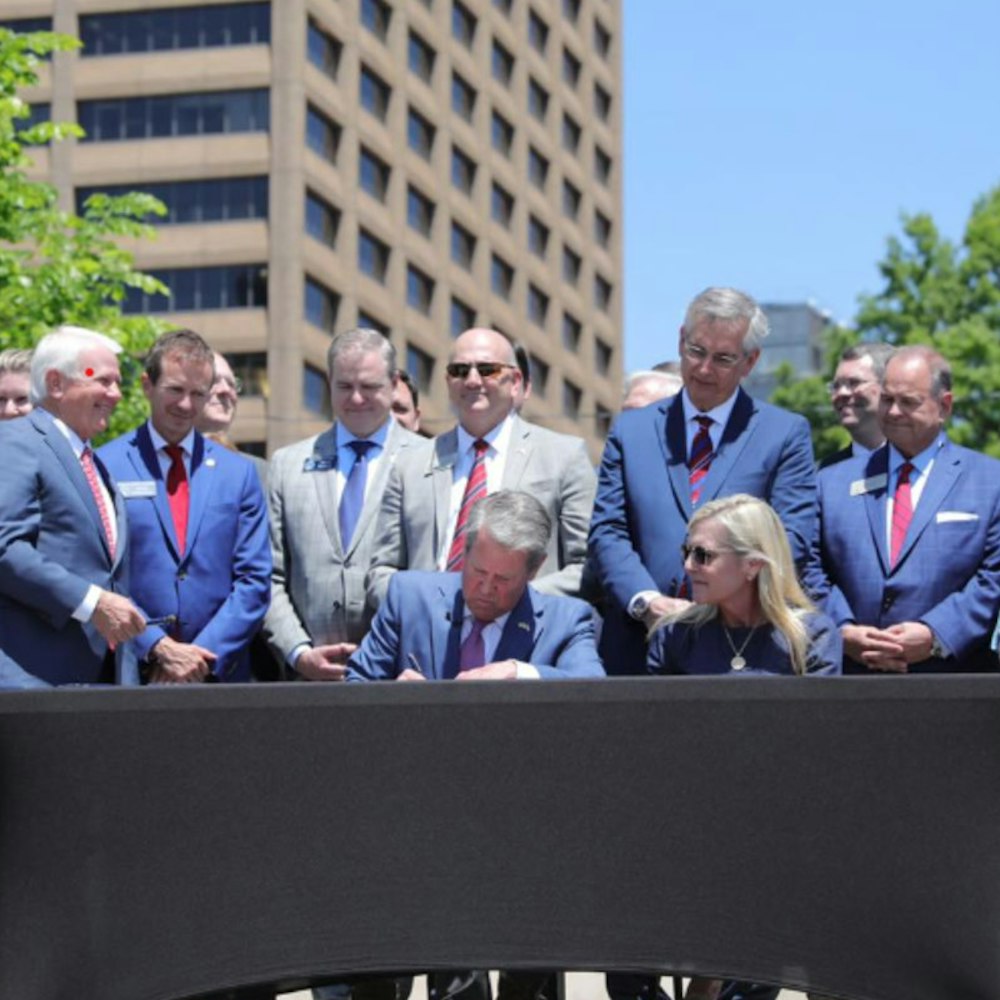
-3.webp?w=1000&h=1000&fit=crop&crop:edges)
